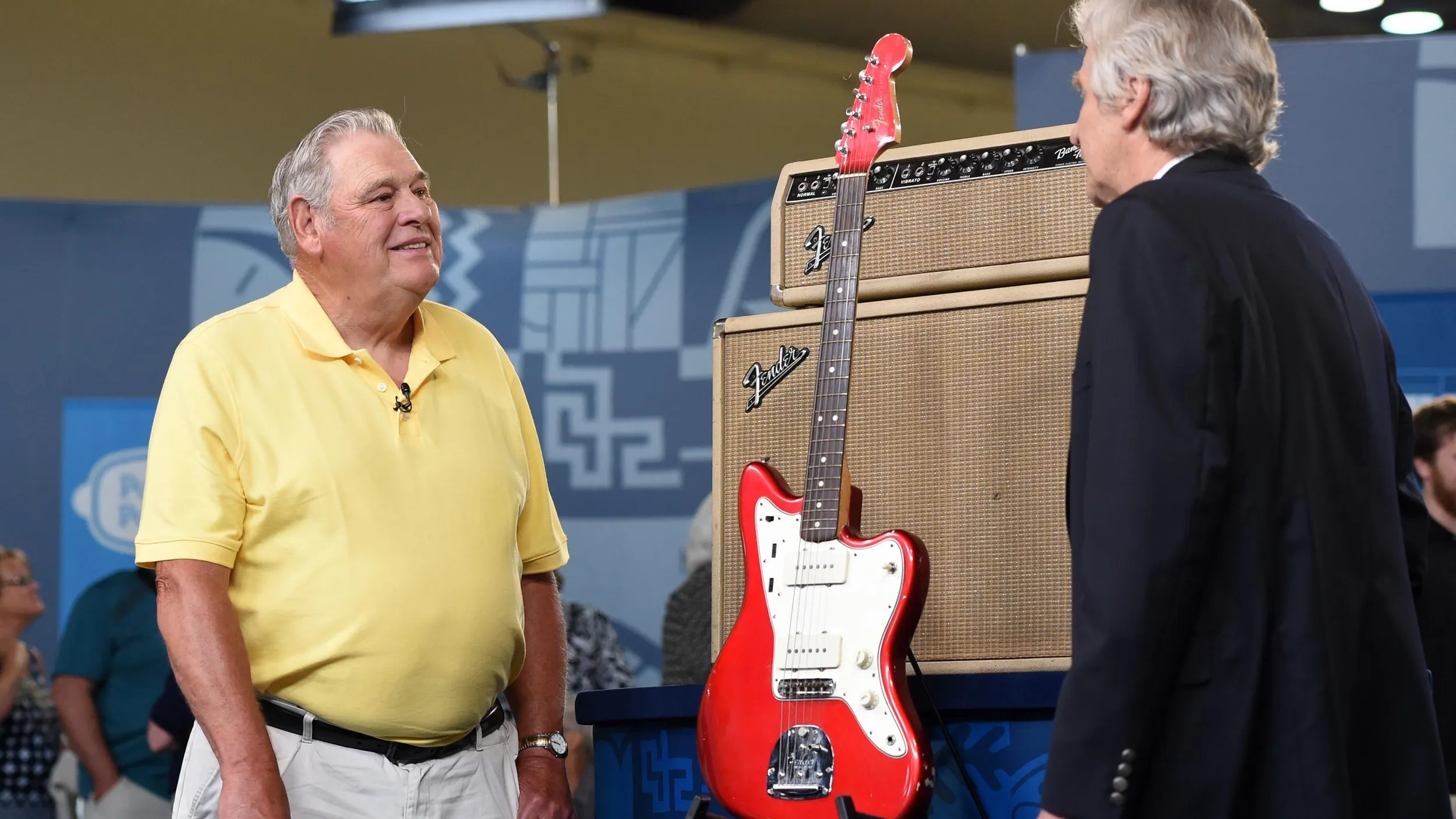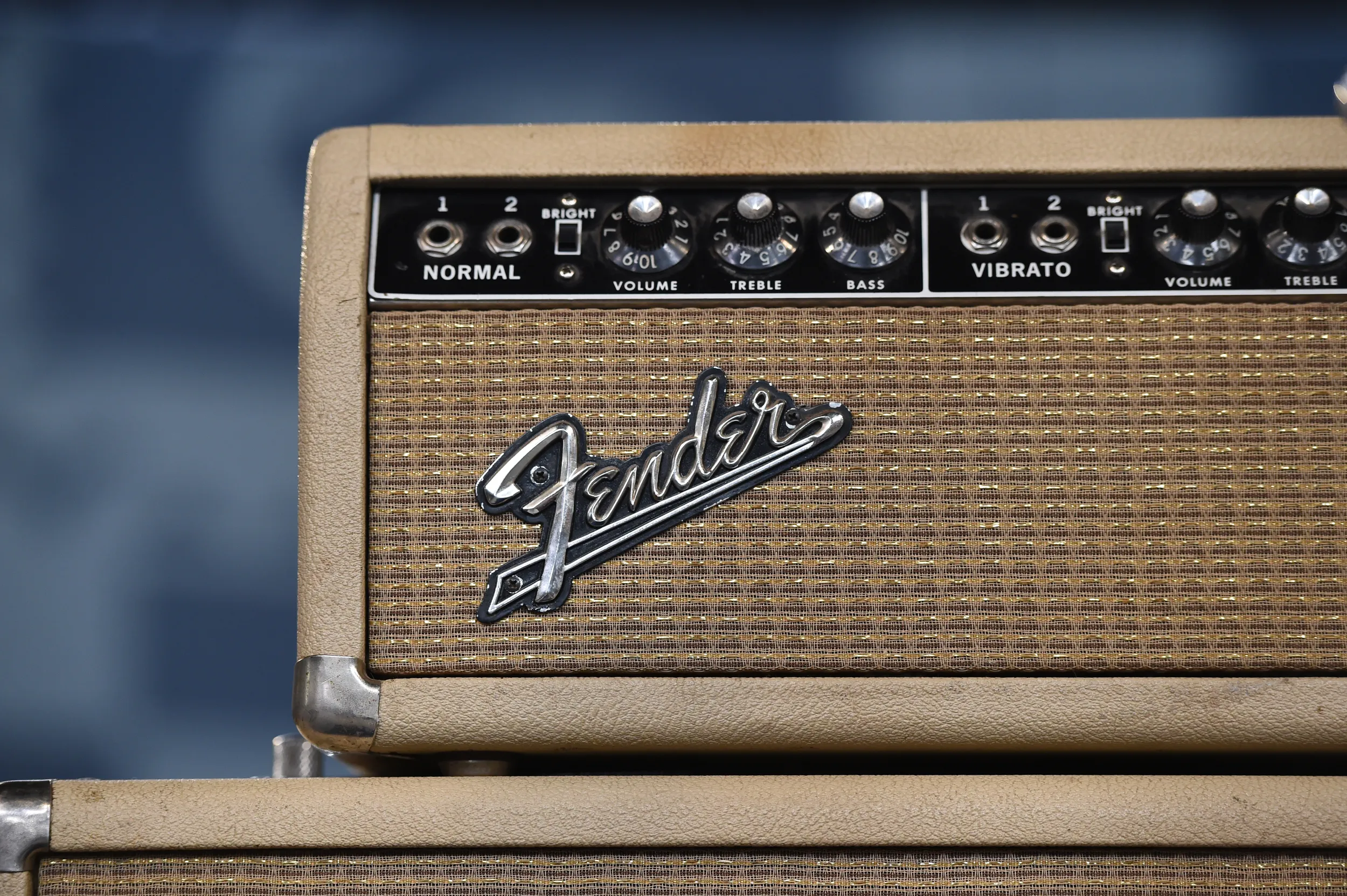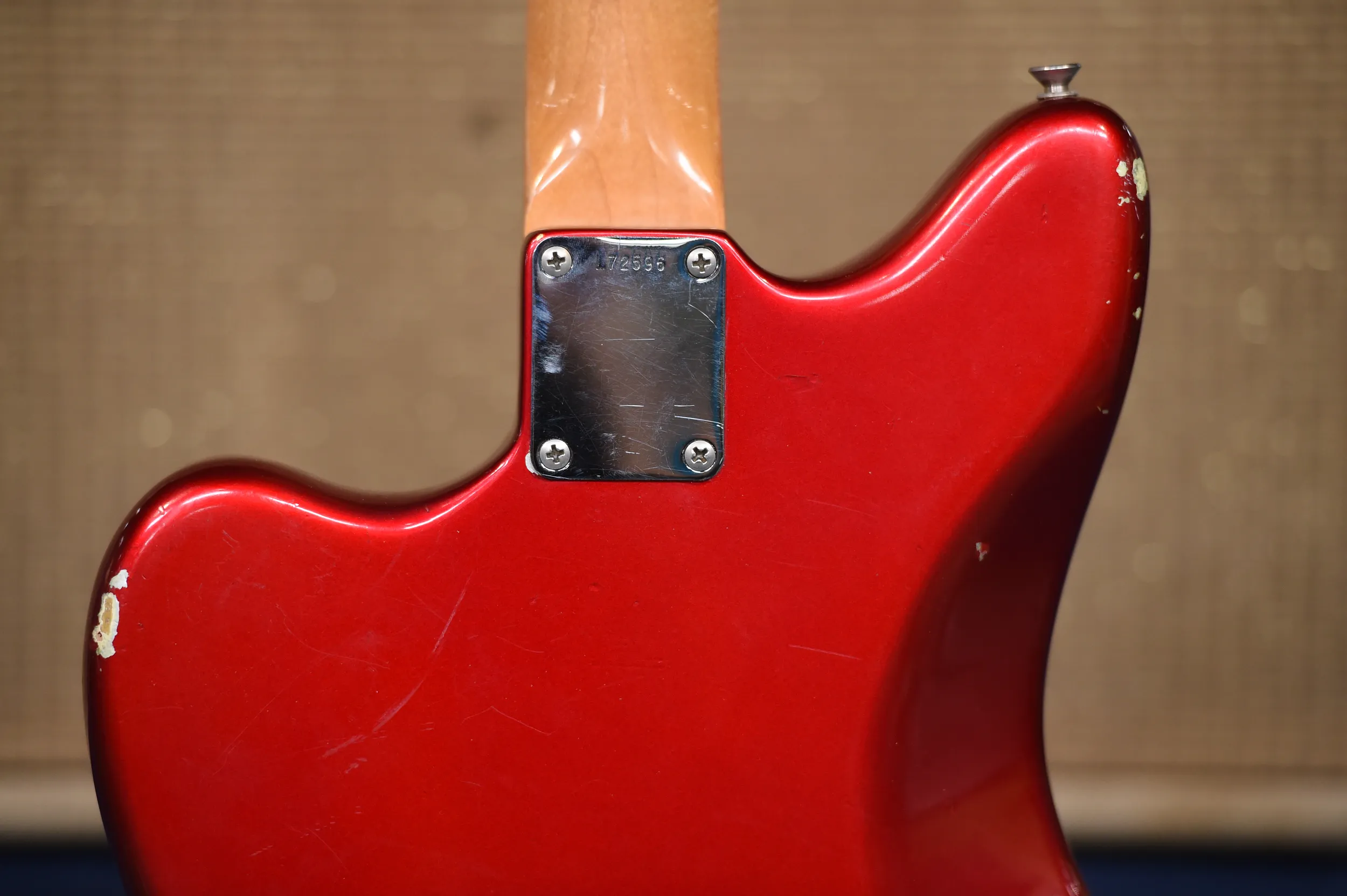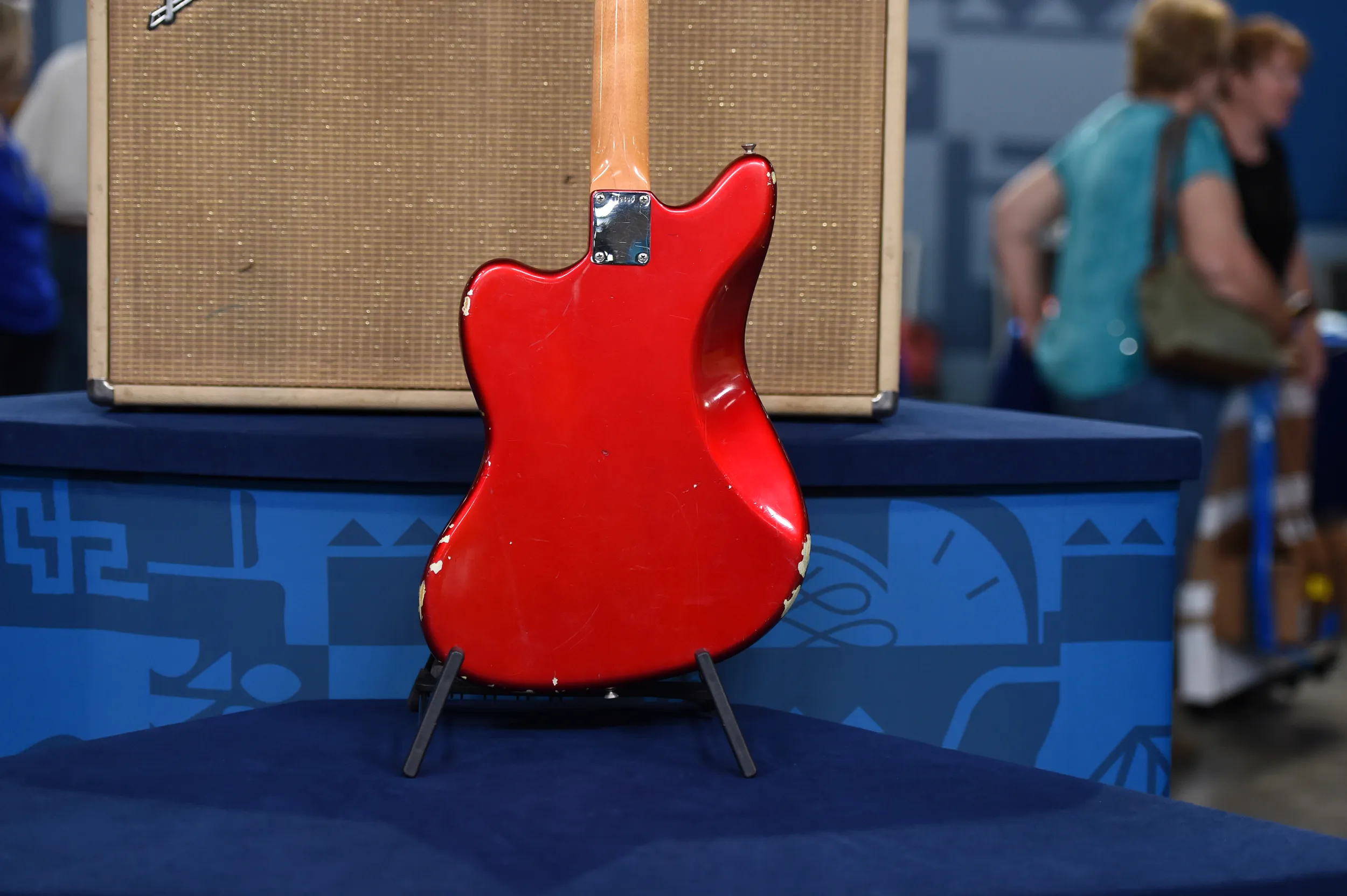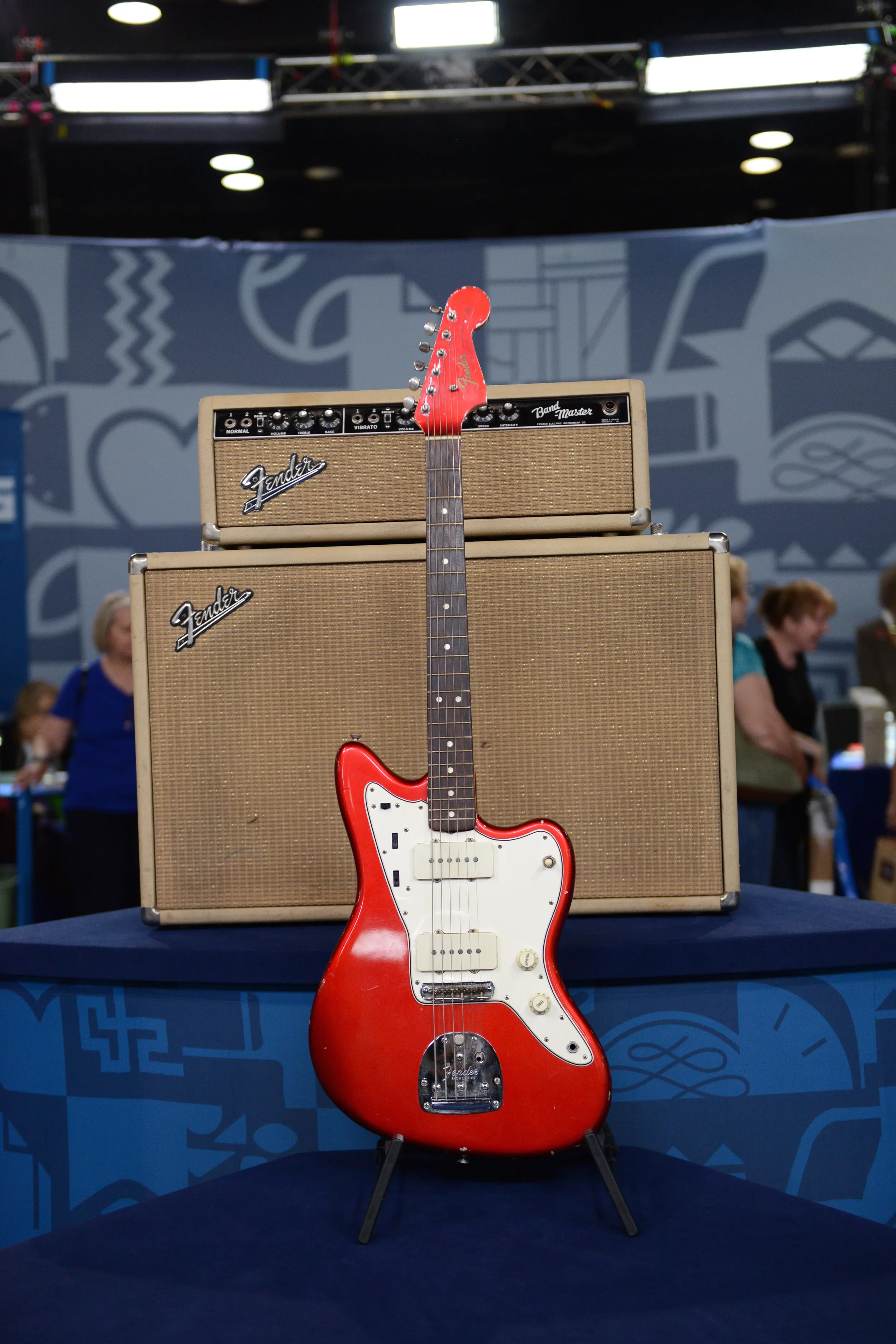GUEST: Well, I bought it in '64 and played in different bars and stuff with it. I had a little experience with it. My son took it to his place where he was living with some other kids and I found it was missing, so I called him and said, "You get that guitar and get it home." And the next day he called his mother and said, "Mom," he said, "that guitar has been stolen." So I had a picture of it—me playing it-- and so I took it in to this guy and asked him if he could appraise it. And he looked at me kind of funny a couple times and finally he said, "You know, I think I had your guitar in here a couple weeks ago." He said, "I bought it out of a hockshop in Coeur d'Alene." And he said, "I shipped it back east and I traded it for two Dobros." And I said, "Well, do you know the guy's name?" And he said, "Yeah, I've got his name and phone number." And so I went to the police station and talked to them, and the policeman told me he said he will send that back. And he said, "He's dealing in stolen goods." And so the guy finally called me and he said, "Well, if you pay the shipping and handling on the shipping it over here and shipping it back," he said, "I'll send it back to you." And I said, "Okay." Well, I knew the kid through checking with the hockshops and stuff, so I went and talked to him and his dad, and I told his dad. I said, "If you pay for the shipping and the handling, I won't press charges on your son," and he said, "Okay." So he did, it cost him $1,300 shipping and handling on that guitar, both directions.
APPRAISER: Wow.
GUEST: So when I got it back, it did have some chips in it and stuff. I was pretty sick about the chips. And the strap, it had a regular Fender strap on it, and it was missing.
APPRAISER: Right. The serial number is on the... on the neck plate on the back of the guitar, and that coincides with what you've said about when you got it, so it's a 1964. And it's a Jazzmaster, and they were starting to do custom colors then and they would also do a matching headstock. The earlier custom color Fenders would just have the custom color on the body, but the headstock would be the blonde maple.
GUEST: Oh.
APPRAISER: And of course it's that candy apple red, right out of the DuPont hot rod paint catalog.
GUEST: (laughing) Yeah.
APPRAISER: Despite the chips on the edge of the body, the guitar still shows really well. The paint on the front is in good shape, and the headstock's in pretty good shape. When you got this back in '64, how much did you have to pay for it?
GUEST: I think it was $300.
APPRAISER: The guitar alone in today's market in a vintage guitar shop, something like that, would probably sell for about $6,500. And the amplifier would sell for enough you could... we could almost get the total combination up to $10,000 for the two of them or get fairly close. So the amplifier is probably easier at the $3,000, $3,500, something like that. So it's a good thing you managed to get it back.
GUEST: Oh, yeah, I... I was tickled to death. Of course I wouldn't sell it anyway. It's got a lot of memories.

